Your cart is currently empty!
Gears
If you are curious to know what gear I use to capture the night sky then feel free to browse through this list. I put them into categories so it’s easy for you to navigate and if you want to buy the same item, purchase links (affiliate) are also available.
Cameras
Here are the cameras I use for my work.
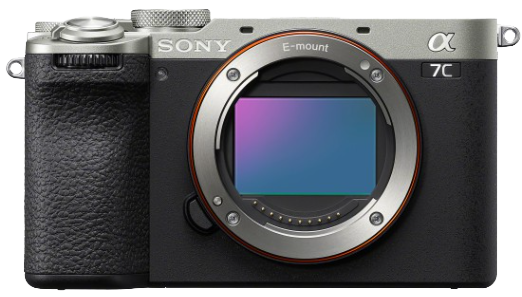
Sony A7c
This full frame compact camera is great for travel. I really like the low light capabilities of it and the full frame 26mp sensor provides plenty of details and outputs great image quality.
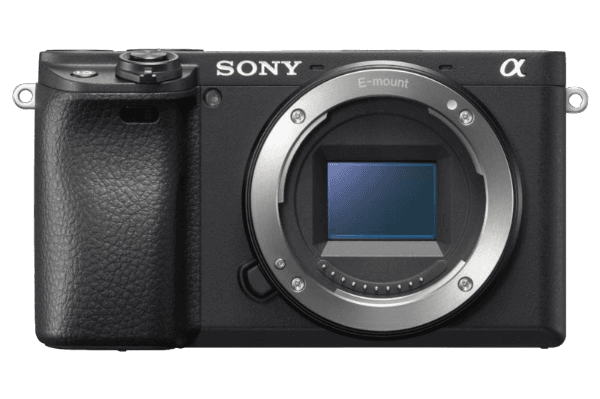
Sony a6400
I use this camera for capturing the moon and landscapes. The 24mp APS-C size sensor is great to most of my photographic needs. It’s low light capabilities are decent and the body is compact which is perfect for travelling with it.
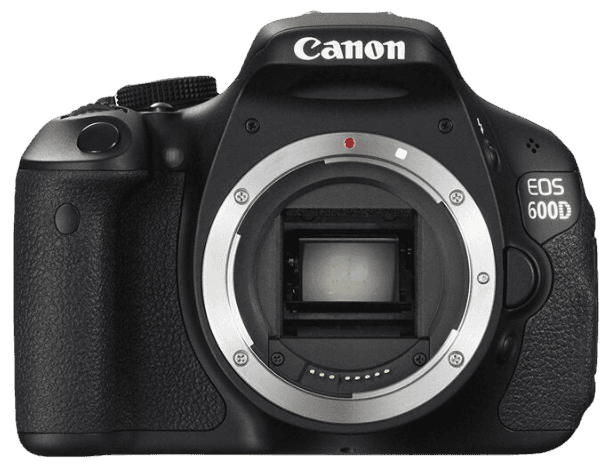
Canon 600D
This is an old camera from Canon and I astromodified it to capture better H-alpha signals for deepsky astrophotography. It’s relatively easy to astro modify and it produce decent images with an 18mp APS-C size sensor. This camera might be hard to find but you can look at a newer model like the EOS Rebel T4i (650D)
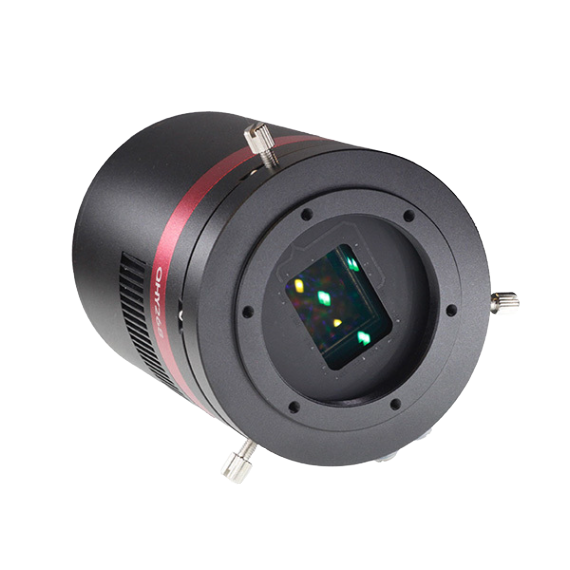
QHY 268c
This is a 26mp cooled 16bit APS-c astronomy camera which I use to capture deep space objects like galaxies, nebulae, star clusters, etc. It’s very sensitive and captures fantastic images.
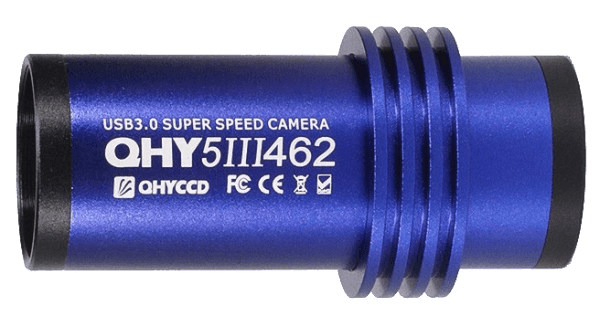
QHY 5iii462c
I use this camera for capturing the moon and planets. It has a full HD 1080p sensor with 2.9um pixel size. It’s fast and captures great results.
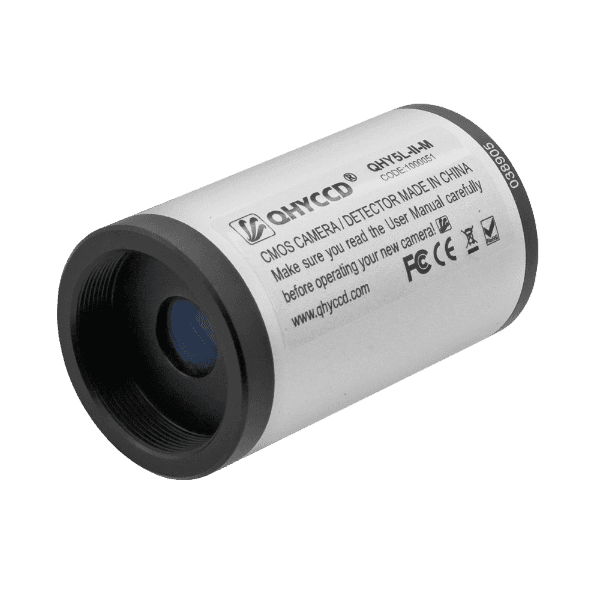
QHY 5l-ii-m
I use this small mono camera in my auto guiding setup. It can be used for doing lunar and planetary photography but it’s primarily used for guiding.
Lenses
Here are the lenses I use on a regular basis.

TTArtisan 500mm f/6.3
A very affordable telephoto lens I use for shooting the moon and other distant objects. It’s fully manual and supports up to full frame sensors. Read my full review HERE
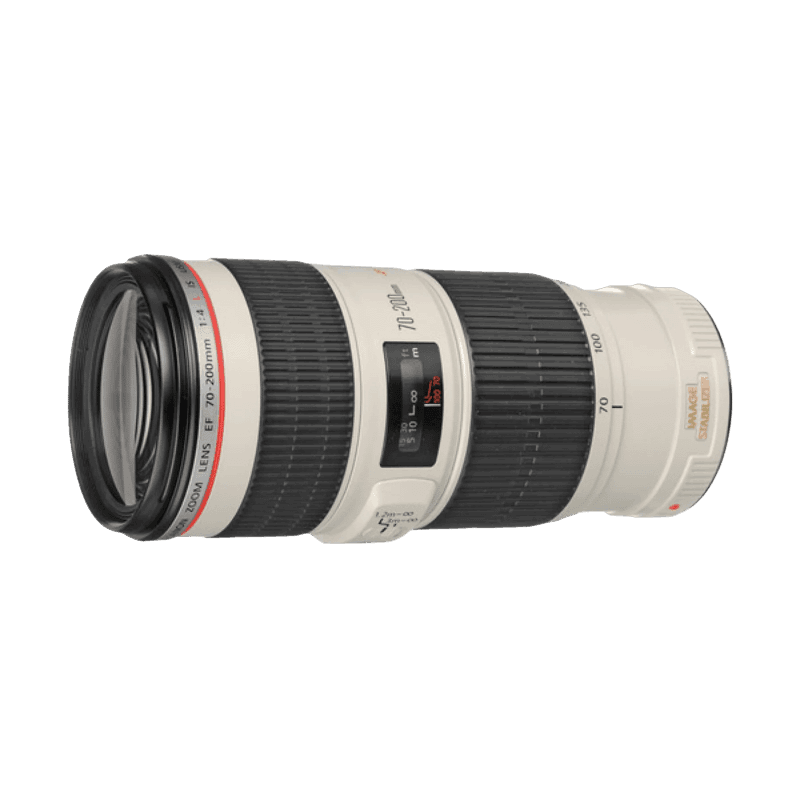
Canon 70-200mm f/4 L
An old but fantastic zoom lens that is great work wide angle to tight framing. I use it to capture the moon, foreground clouds and landscapes. It’s very share wide open at f4.
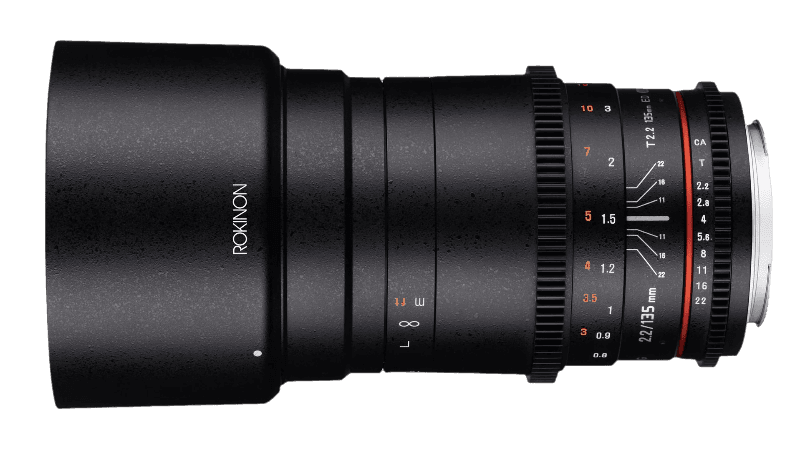
Rokinon 135mm f/2
Very fast lens for wide angle deepsky astrophotography. Very sharp at faster f-stops. It’s a fully manual lens. You can also check out the Samyang Version
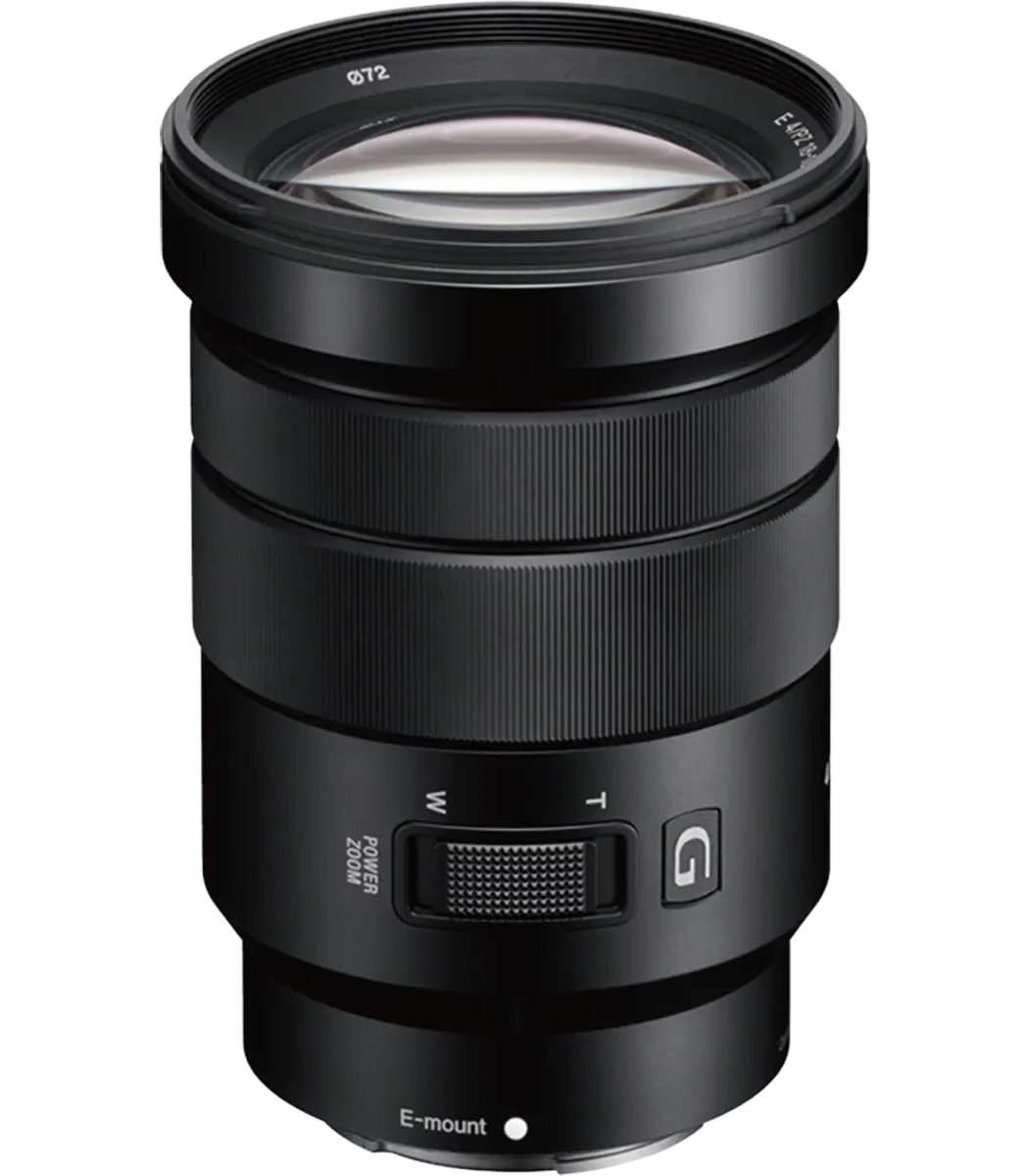
Sony 18-105mm f/4
This lens is a nice all purpose lens I mostly use for capturing videos on my Sony a6400 camera. Has built-in image stabilization and silent electronic zoom.
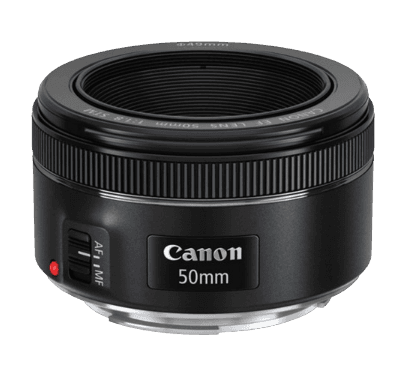
Canon 50mm f/1.8
A fast and affordable prime lens that is great for wide astro-vistas. The stars are sharp in the corners at f3 onwards.

Sigma 10-20 f/4.5-5.6
This is a super wide-angle lens that can be used for ultra-wide angle landscapes. It’s rectilinear so not a lot of distortions but it’s a slow lens. It’s decent for daytime shooing but not so great for astrophotography as it suffers from coma at f/4.5.
Telescopes
Here are the telescopes I use for capturing celestial objects.
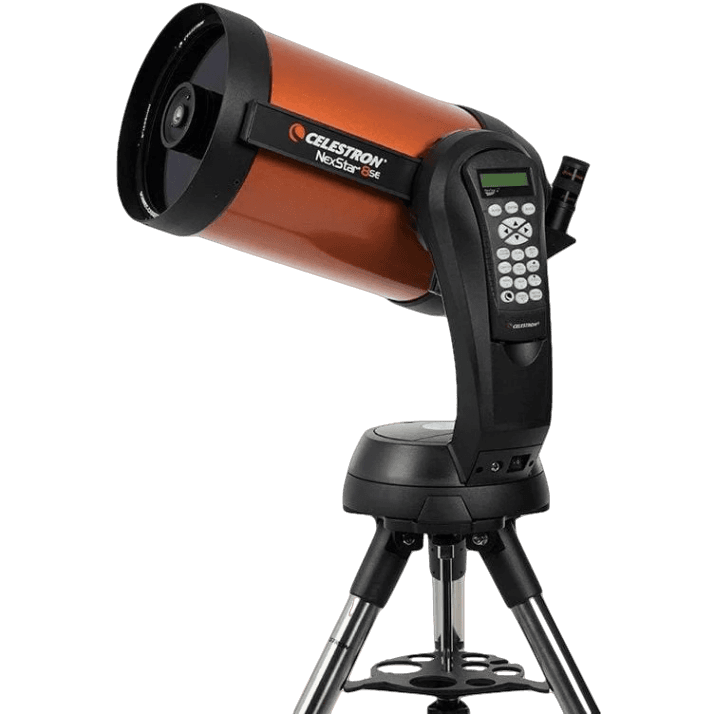
Celestron Nexstar 8SE
I use this 8 inch Schmidt–Cassegrain style telescope to capture detailed images of the moon and planets. It has a focal length of 2032mm at f/10.

900mm f8.8 Custom Achromat
I designed and 3D printed this telescope to shoot SSO and DSO targets. It served me well for over 2 years and I’ll soon release build instructions so you can make one yourself. A similar telescope to this would be the Explore Scientific 102 mm Air Spaced Doublet Refractor Telescope
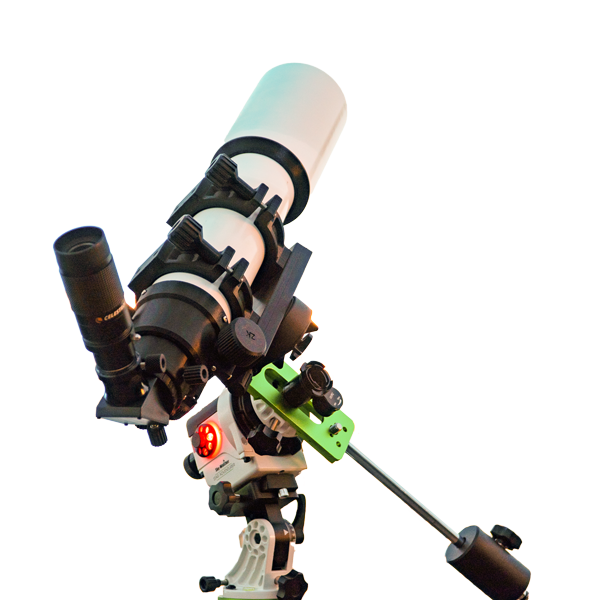
500mm f6.3 Custom Achromat
This is the first proper telescope I built. Parts are 3D printed and I designed everything in CAD program. I’ll soon release a build instruction so you can build one yourself. Meanwhile a similar telescope would be the Celestron PowerSeeker 80 EQ Refractor.
Tracking Mounts
Tracking mounts allow for taking long exposure of celestial objects. It counteracts the rotation of earth and lets the telescope to lock on to its target for a long time without any star trailing.
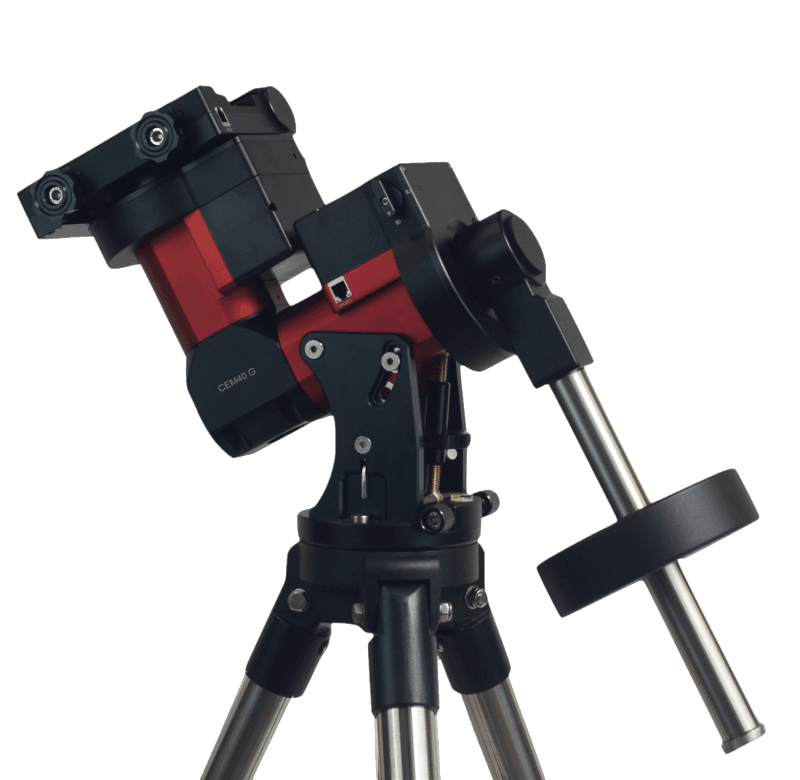
iOptron CEM40
This is my main workhorse when it comes to astrophotography. It can hold 18kg of payload and can be fully controlled using a computer. It also has a built-in iPolar camera for easy polar alignment. Highly recommend it.
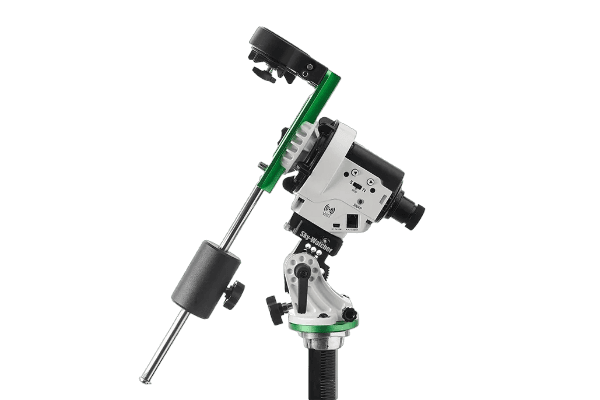
Skywatcher Star Adventurer Pro
This light weight equatorial mount it great for travel astrophotography. It can hold up to 5kg payload and can be autoguided. It is a single axis tracker that only moves in RA. Great for focal length up to 500mm.
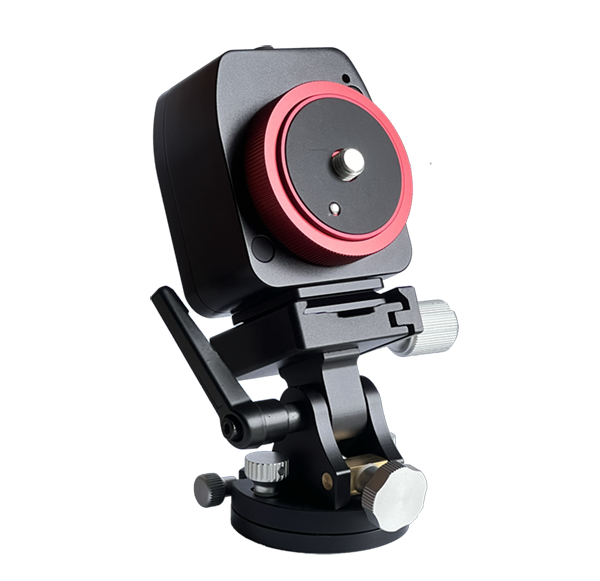
Move Shoot Move Nomad Tracker
This tiny tracker is a must have if you want to travel light and have the ability to take long exposure astrophotos. It’s good for focal length up to 135mm.
Tripods
A solid tripod is essential for taking good astrophotos. Here are the tripods I use.
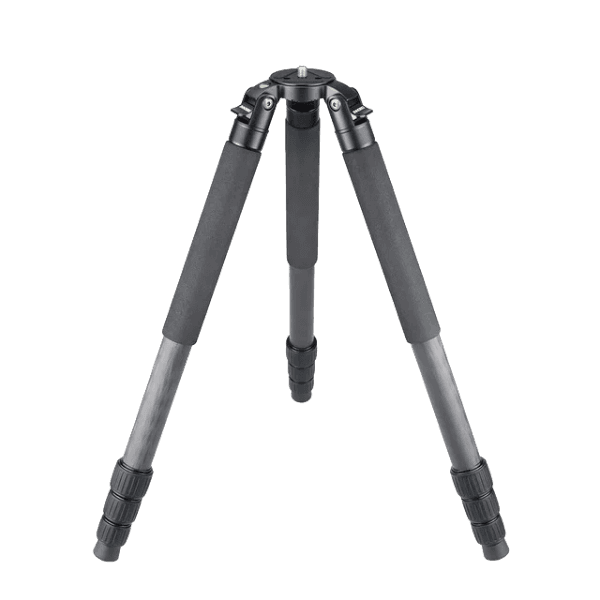
Innorel RT80C
This is my my favorite tripod. It’s affordable, stable, durable and lightweight. I use it with my travel star trackers and it has never failed me. Recommend it.
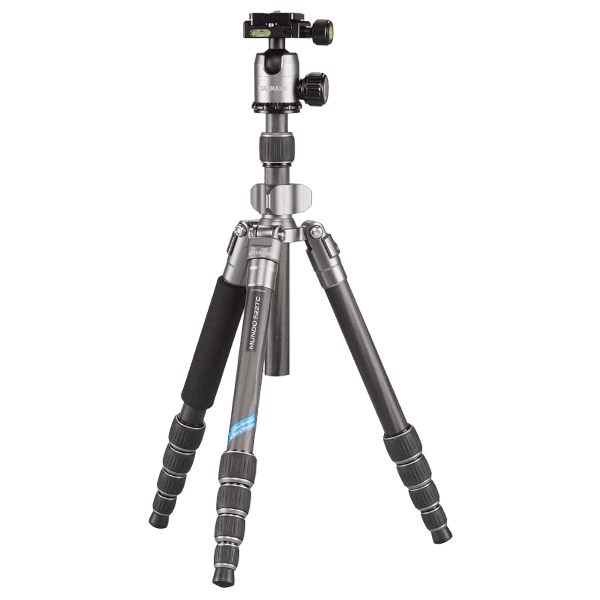
cullmann mundo 522tc
This lightweight tripod is great for travel photography. Can be used with smaller star tracker. The legs are carbon fiber so they are strong and light. Great built quality.
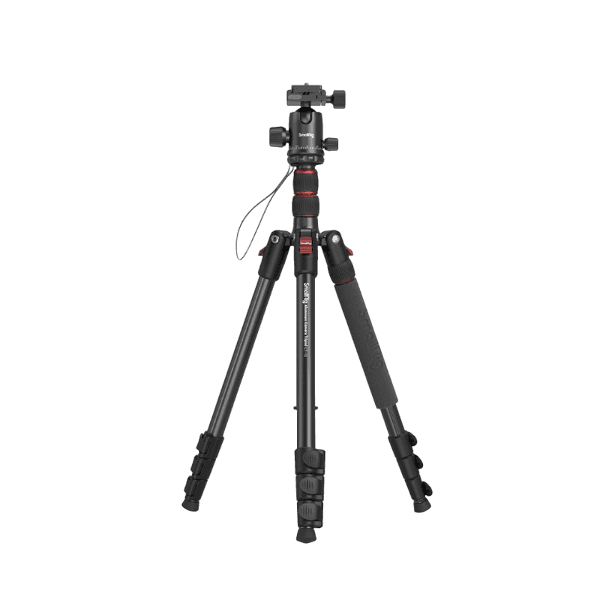
smallrig ct10
A decent aluminum tripod that can fold into a small package. Good for travel. I use it for video and time-lapse photography. One of the legs can be used as a monopod or a hiking pole.
Filters
Optical filters lets us control what wavelength of light we let in on to our camera sensor. Some can be used to suppress light pollution and some can be used to capture specific light emission from nebulae like H-alpha or Oxygen III.
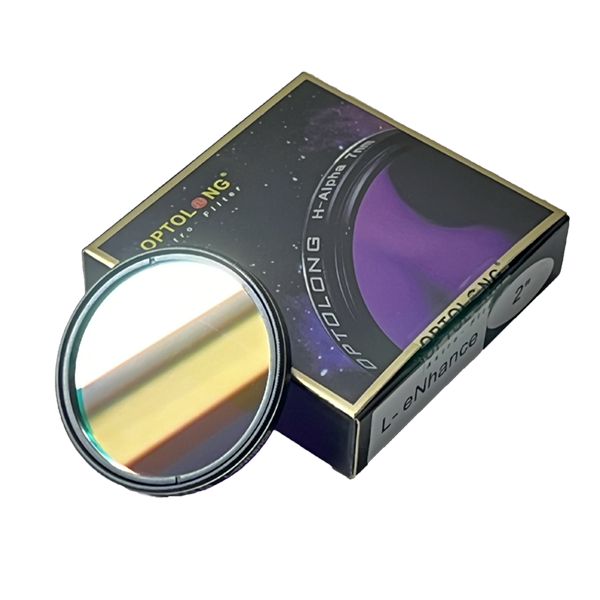
Optolong L-eNhance
This is a duel narrowband 2″ telescope filter that lets in 12nm wide H-alpha and 20nm wide Oxygen III and H-beta emission. It’s great for creating Bi-color images of nebulae and one of my most used filters.
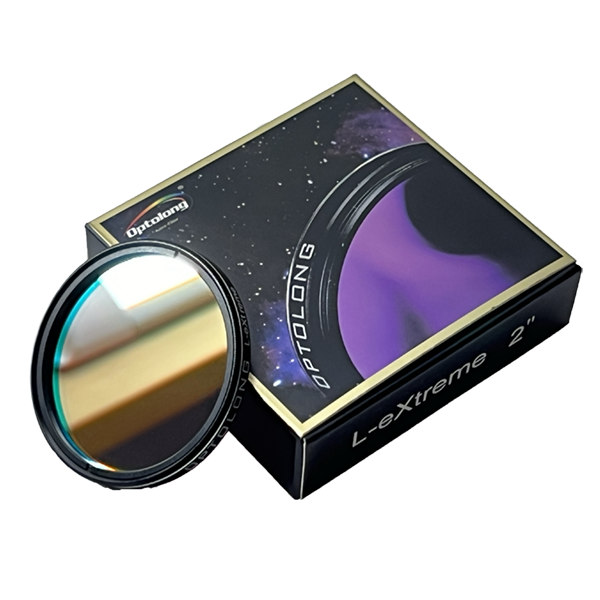
Optolong L-eXtreme
Is also a duel narrowband filter with tighter band passes rated at 7nm H-alpha and 7nm OIII transmission. I also use this filter very often to capture bi-color nebula images.
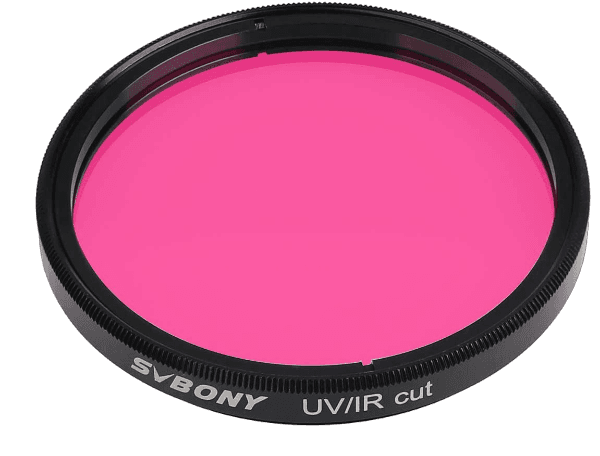
SVbony UV/IR cut
A very necessary filter when it comes to capturing broadband targets. UV and IR if let un filtered can cause halos or fringes in the captured data. It’s important to use a UV/IR cut filter to capture clean images. Also helps with planetary and lunar imaging.
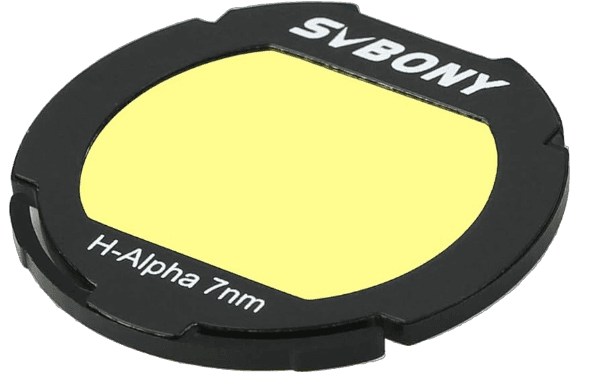
SVbony 7nm H-alpha canon clip-in filter
This is a clip in narrowband filter for canon cameras. It lets in 7nm band pass of H-alpha wavelength. This filter can be installed right in front of the camera sensor and can be used with any lenses. This filter is probably discontinued but you can check out the Optolong H-Alpha 7nm clip in filter.
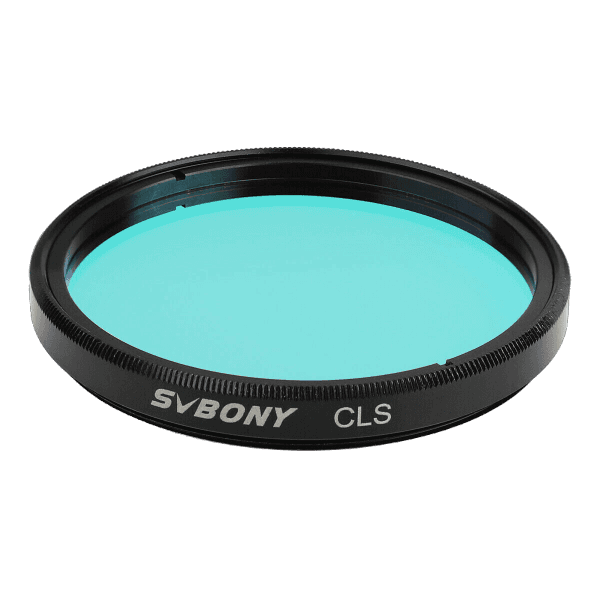
SVbony CLS
Is a light pollution filter that suppresses sodium and other wavelength that is caused by city lights. It has broad band pass so you can create color images but needs good processing to make it look natural. It’s very affordable but might not be suitable for high-end use.
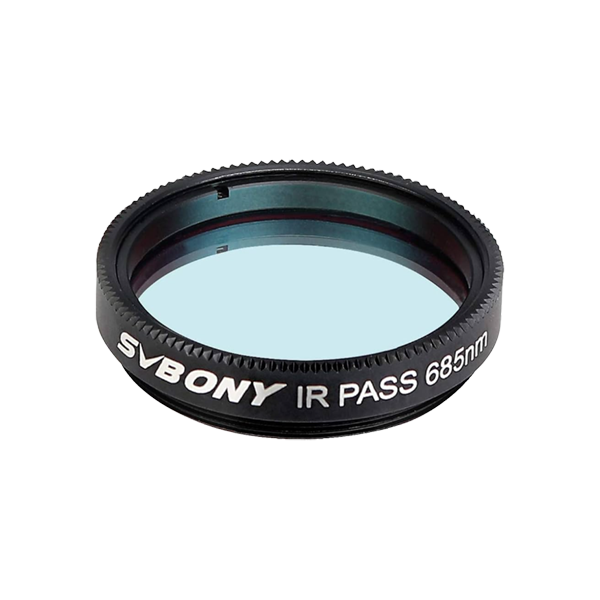
SVBony IR Pass 685nm
This is an near infrared pass filter that is suitable for capturing the planets. Especially Jupiter and Saturn. It makes the rings and cloud bands pop. It’s a 1.25″ filter that goes in front of a planetary camera.